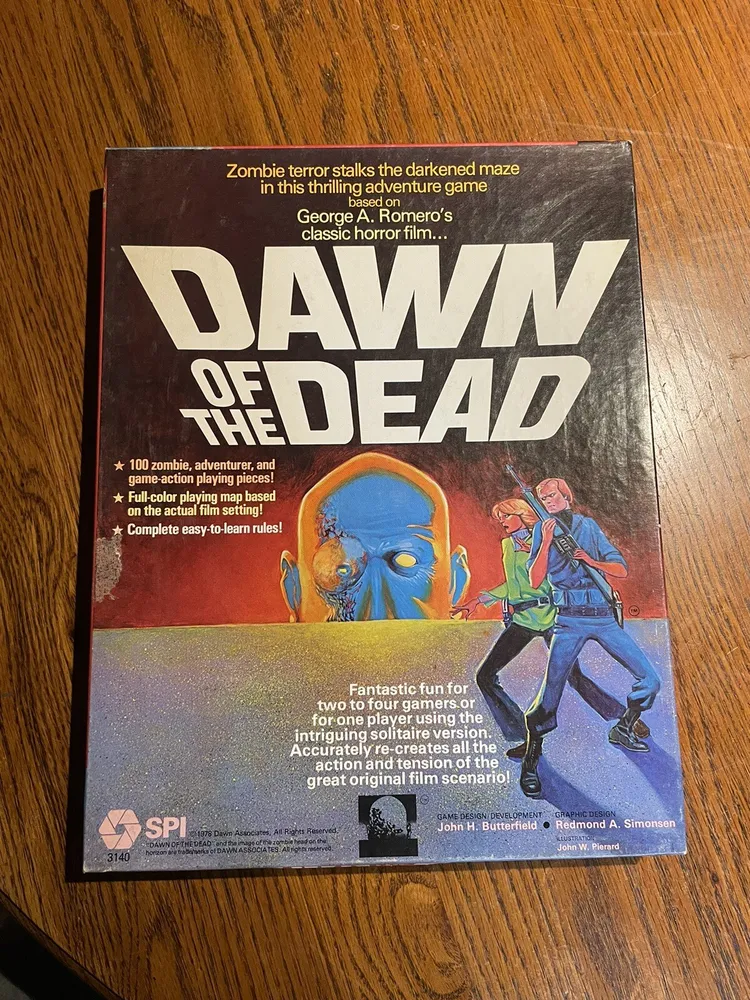Dash-guti
Dash-guti
Dash-guti is a two-player abstract strategy board game from India, specifically from Central Provinces, United Provinces, Karwi Subdivision where it is called Kowwu Dunki which is the same name given to another similar game called Lau kata kati. The game is related to Draughts and even more so to Alquerque. Pieces are captured by leaping over them. Dash-guti consists of a Lau kata kati board, but with the addition of two line segments connected to the vertex (one on each side) but exterior to both triangles. Dash-guti belongs to a specific category of games called Indian War-games, and the other games in this category are Lau kata kati, Egara-guti, Pretwa, Gol-skuish.
Why is Dash-guti Popular?
Dash-guti is a well-known board game from the category of Indian war games. One of the strongest plus points of these Indian-origin games is that they are eco-friendly and made by artisans.
Game Components of Dash-guti
How To Setup Dash-guti
To set up Dash-guti, start by placing the game board in the middle of the playing area. Each player chooses their pieces and places them on designated starting points on the board. The game requires a randomizer, such as cowry shells or small sticks, to determine the number of spaces a player can move. Here is a step-by-step setup:
Gameplay Mechanics and Game Objective
Player Experience
Playing Dash-guti is a delightful and strategic experience. It requires a mix of luck and planning, as players need to think ahead about their moves and the potential captures they can make. The game is family-friendly and can be enjoyed by people of all ages, making it a great way to spend quality time together.
Pros
Cons
Personal Thoughts on Dash-guti
Dash-guti is a game that is perfect for those who enjoy simple, strategic gameplay with a touch of luck. It is ideal for family gatherings or casual game nights with friends. While it may not offer the complexity of modern board games, its traditional charm and ease of play make it a unique and enjoyable experience. If you’re looking for a game that bridges generations and cultures, Dash-guti is an excellent choice.
We are supported by our audience. When you purchase through links on our site, we may earn an affiliate commission, at no extra cost for you. Learn more.

